In the ever-evolving world of technology, small businesses should constantly be on the lookout for new ways to give their business the edge lest they fall behind their more tech-savvy competitors. In the last couple of years, two key technologies that have been helping many small businesses are 3D scanning and 3D printing, thanks to their vastly increased affordability and accessibility.
If you’re a small business owner wondering how to integrate these technologies into your operations, look no further—we’re ready to explain it all.
The Perfect Pair - 3D Printing and Scanning
The power to create a digital replica of any object and bring it to life with a 3D printer sounds like some sci-fi tech from Star Trek, right? Well, it’s not. 3D printing and scanning are real and ready to transform your business.
3D Scanning: This technology allows you to capture an object's accurate dimensions and details, creating a digital model that can be manipulated and modified. Whether it’s a prototype, a custom part, or even a piece of art, 3D scanning makes it possible to create a digital twin of nearly any object or person.
3D Printing: Once you have your digital model, 3D printing takes over. This additive manufacturing process builds objects layer by layer, using materials like plastic, metal, or resin. The result? A physical object that matches your digital design.

Why Should Small Businesses Care?
You might be thinking, “This sounds cool, but how does it benefit my business?” Great question! Here are a few reasons why integrating 3D scanning and printing into your business can be a game-changer.
Customization: Small businesses thrive on offering unique, personalized products that larger companies are often too inflexible to offer. With 3D scanning and printing, you can create custom-fit items tailored to your customers’ needs. From bespoke jewelry to custom repairs, the possibilities are endless. By leveraging the accuracy and versatility of 3D scanning and printing, small businesses can stand out in the market, deliver high-quality, tailored solutions, and drive growth through innovation.
Rapid Prototyping: Gone are the days of waiting weeks for a prototype. With 3D printing, you can easily create prototypes in a matter of hours. This means faster product development cycles and quicker time to market.
Cost Savings: Traditional manufacturing methods often require expensive molds, tooling, and many hours spent creating CADs. However, with access to 3D printing and scanning, you can eliminate many of these costs with direct fabrication. This means you can produce small batches of customized products without the hefty upfront investment, reducing material waste and labor costs.
Sustainability: 3D printing is an eco-friendly alternative to traditional manufacturing. It generates less waste and allows for using recycled materials, making it a greener choice for your business.

Getting Started - The Essentials
Ready to dive into the world of 3D scanning and printing? Here’s a step-by-step guide to get you started.
Choose the Right Equipment: Not all 3D scanners and printers are created equal. When selecting your equipment, consider your business needs and budget. For example, the Revopoint MIRACO and MINI 2 are excellent choices for high-accuracy scanning.
Learn the Software: Both 3D scanning and printing require specialized software. Familiarize yourself with 3D scanning software such as Revo Scan or MeshLab to capture and refine 3D models. Finally, use slicing software like Cura or Simplify3D to prepare your models for printing.
Start Small: Begin with simple projects to get a feel for the technology. As you gain confidence, you’ll soon be ready for more complex projects.
Experiment and Innovate: Don’t be afraid to think outside the box. The beauty of 3D printing and scanning lies in its versatility. Experiment with different materials and designs to discover what works best for your business.
Overcoming Challenges
While the benefits of 3D printing and scanning are clear, it would be remiss not to acknowledge the challenges from the initial investment to the learning curve and quality control. However, with the right approach and resources, you can overcome these challenges.

Initial Investment: The upfront equipment cost can be a barrier for some small businesses. However, it’s important to consider this as an investment rather than an expense. Over time, the ability to produce prototypes, custom parts, and even final products in-house can lead to substantial savings. Additionally, the potential for increased revenue through offering new services or products can quickly offset the initial costs.
Learning Curve: Mastering the software and technology associated with 3D scanning and printing can take time and effort. However, the good news is that many resources are available to help. YouTube is a treasure trove of tutorials, ranging from beginner to advanced levels, covering everything from basic setup to complex design techniques. Also, online forums like Reddit and Facebook group communities are filled with experts who are happy to share their advice.
Quality Control: Ensuring consistent quality can be tricky, especially when using different materials. Regular testing and calibration of your equipment are essential.
So, what are you waiting for? Embrace the future and integrate 3D scanning and printing into your small business today. Who knows? With these technologies at your disposal, you might just create the next big thing or revolutionize your industry with a unique, personalized product.




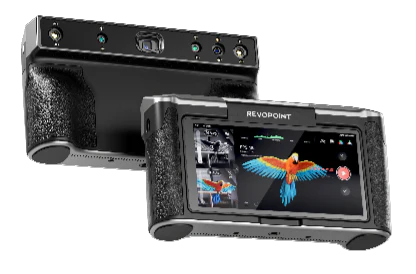
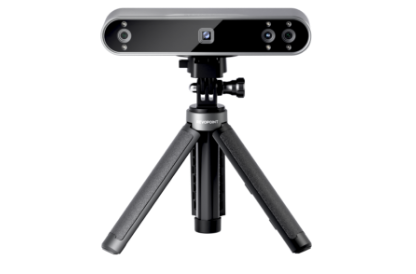
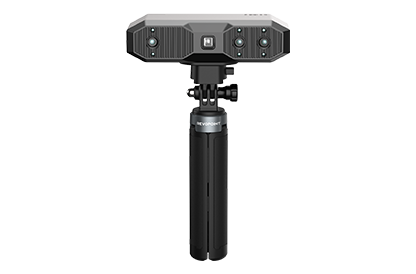
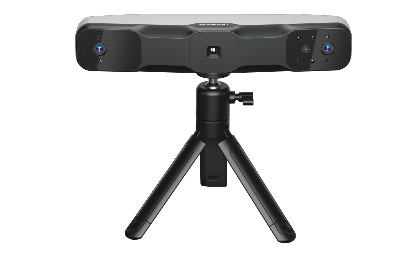
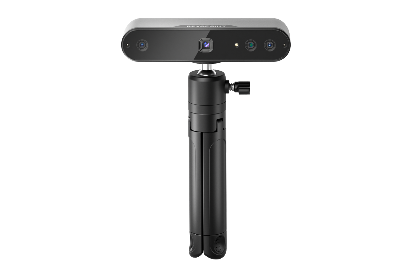



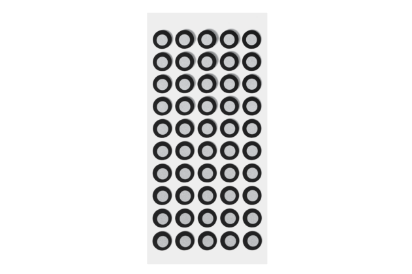


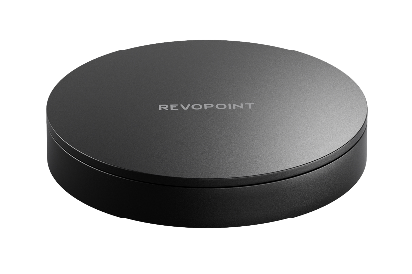
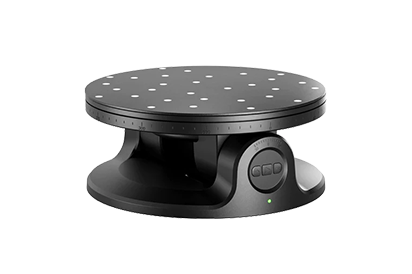










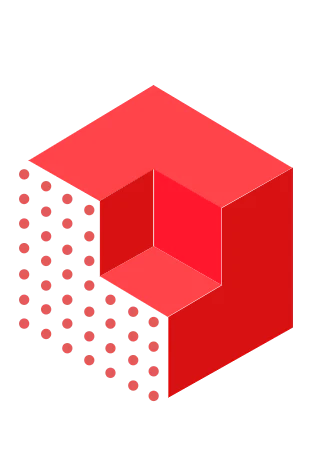


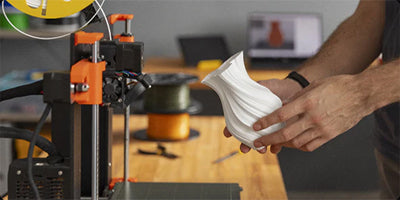
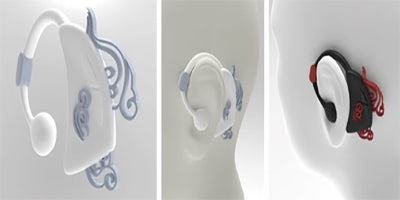
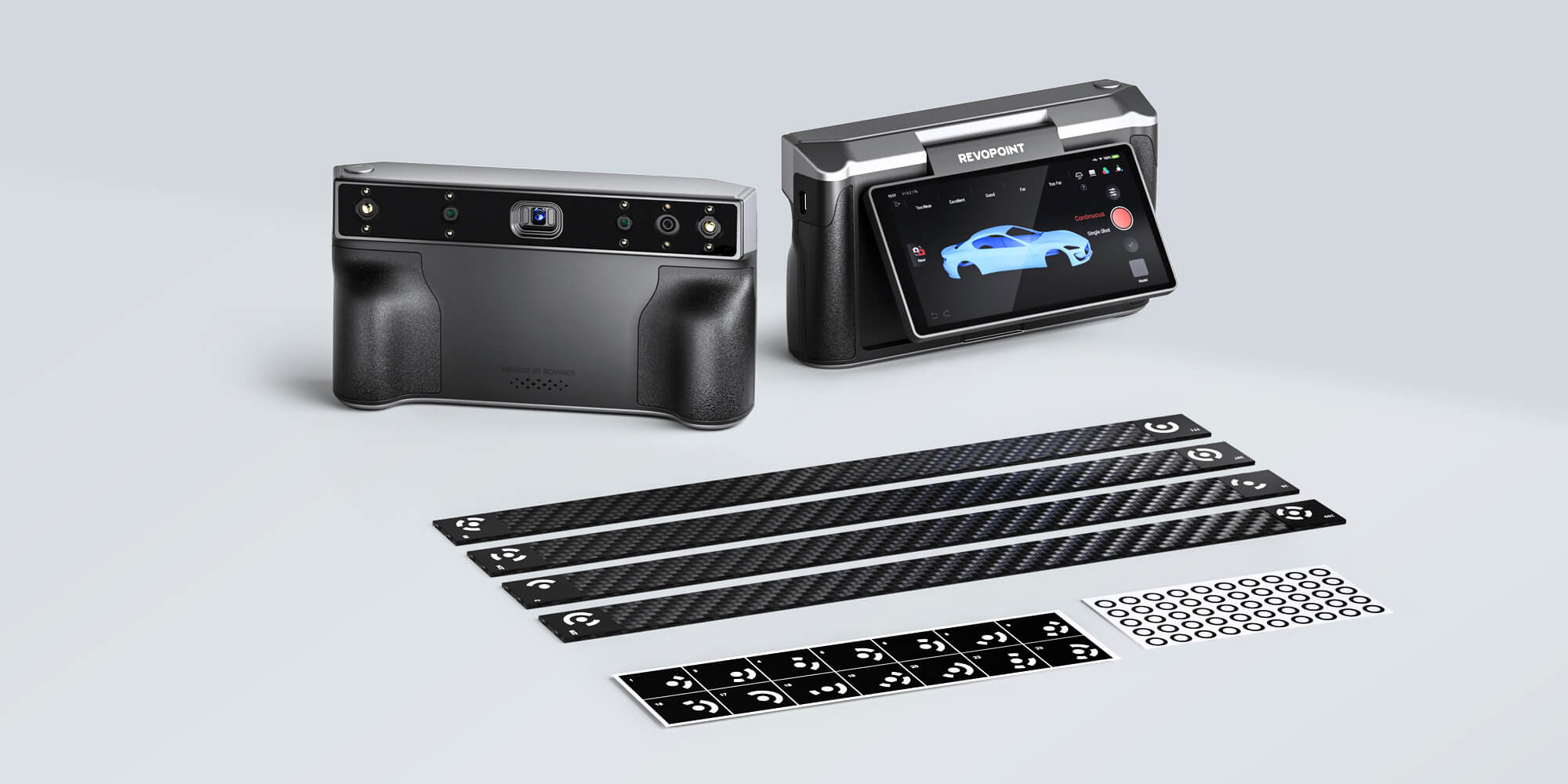
Leave a comment
This site is protected by hCaptcha and the hCaptcha Privacy Policy and Terms of Service apply.